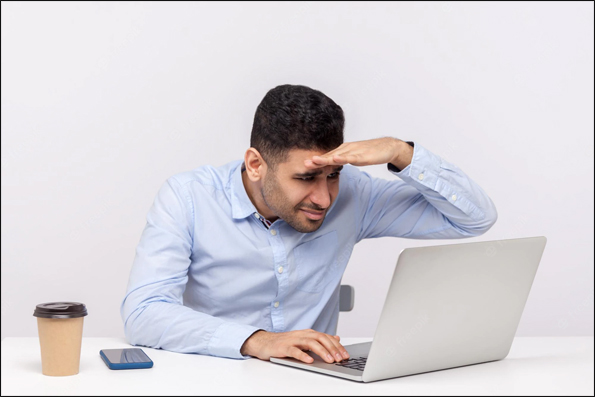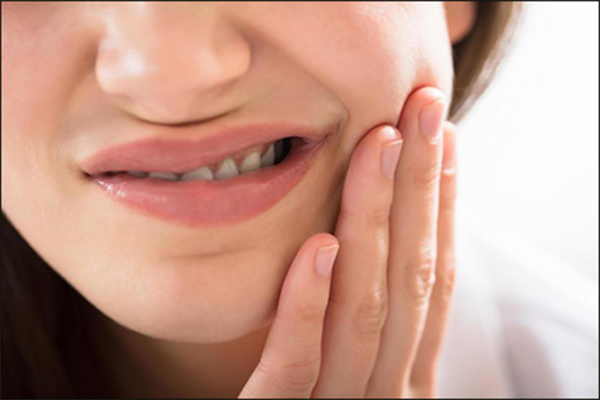Stargardt Disease – An Ayurvedic View and Management
Abstract
There are many diseases which are termed as inherited. Stargardt disease is one of them. Vision loss is the main symptom of the same. As per the modern system of medicine the disease has no cure. In the following text, we will discuss What Ayurveda has to serve in the aforesaid disease. Let’s look into some details about the same.
Introduction
There are a lot of medical conditions which are termed as congenital and inherited which means the disease is passed from parents to their children. Stargardt disease is one of them. Stargadt disease is an eye disease which causes vision loss in children and adults. Stargadt disease is also known as juvenile macular dystrophy. In the people suffering from the disease, the light sensing cells which are called photoreceptors, shrinks. As a result, the vision becomes blurry or maybe has black/dark areas in the acuity. Colour vision may also be hampered.
Stargardt disease and Ayurveda!!
In Ayurveda, various Acharayas have mentioned netra rogas. Acharya Sushruta has mentioned 76 netra rogas. Acharya Charak has mentioned 4 netra rogas. Acharya Vagbhatta and Sharangdhar have mentioned 94 eye disorders. In most cases in netra roga, pitta dosha is vitiated. They have mentioned the various eye parts and the diseases associated with them. Causes mentioned in ayurveda regarding netra rogas include abnormal sleeping habits, continuous weeping, excessive anger and grief, trauma, excessive exposure to smoke, excessive suppression of urges etc.
Stargardt disease
There are many eye disorders. Stargardt is one of them which has genetic origin. Mutations in ABCA4 followed by accumulation of lipofuscin in the retinal pigment epithelium is the main reason for Stargardt disease. The common clinical presentation is beaten bronze reflex or snail slime reflex from the macula.

What are the symptoms?
- The first symptom of the disease is blurry vision and the secondary symptom is distorted vision.
- The patient vision takes time to adjust itself while going from light to dark area and vice versa.
- Mainly central vision is lost, side vision may stay good in many patients.
The main symptoms are mainly avila darshana (blurred vision) and vyavidha darshana (distorted vision), thus it can be correlated with timira disease mentioned in Ayurveda texts as per its clinical manifestation.
Treatment
In contemporary medical science, there is no Treatment for Stargardt Disease. But gene therapy and stem cell therapy is there that can be done. But the procedure is so expensive. Wearing glasses may help in bright sun and photosensitivity of Stargardt disease. Glasses also help to prevent further damage from ultraviolet rays of the Sun. Studies have shown that overdose of Vitamin A can worsen the condition. Though Vitamin A in food is normal, supplements of Vit A should be avoided.
Ayurvedic management
There are several modalities like virechana, tarpan, nasya which can help in Stargardt disease. There are herbal formulations prepared by Planet Ayurveda which are good for eye health and can help in the aforesaid disease.
Herbal remedies for Stargardt disease by Planet Ayurveda
Planet Ayurveda is a renowned GMP-certified, US-FDA registered and ISO 9001:2015 certified Ayurvedic Company, which adhered to the objective of manufacturing standard Ayurvedic medicines as described in the various ancient texts of Ayurveda. Medicines are prepared without preservatives and additives and other kinds of chemicals which cause many ill effects on the human body. Products manufactured at Planet Ayurveda are pure and devoid of any adulteration.

Let’s see some formulations prepared by Planet Ayurveda
1. Brahmi Ghrit
It balances tridosha. By pacifying the three doshas, it is helpful in managing Stargardt disease. It has Shankhpushpi (Convolvulus pluricaulis), Kutha (Saussurea lappa), Vacha (Acorus calamus) and of course cow ghee. All the herbs and cow ghee is chakushya which means beneficial for eye health. Thus Brahmi ghrita is useful.
Dosage :1 tsp twice a day after meals with warm water.
2. Angel eye vitale
It contains Amalaki (Emblica officinalis), Gotukola (Centella asiatica), Bhringaraj (Eclipta alba). Amalkai being a rasayana, rejuvenates eye cells. Gotukola and Bhringraj are chakushya thus also promote the health of the eyes. Thus are beneficial in Stargardt disease.
Dosage : 1-2 Capsules once or twice daily after meals with Plain water
3. Saptamrit Loha
It is a herbomineral formula and is the most indicated formulation in all eye anomalies. It contains Yastimadhu (Glycyrrhiza glabra), Amalaki (Emblica officianlis), Bibhitaki (Terminalia billerica), Haritki (Terminalia chebula), loha bhasma (iron ash). It prevents immature cataract, night blindness and is also useful in relieving computer vision syndrome. Further it is also beneficial in myopia, glaucoma and dry eye. Moreover it is used in skin, hair and digestion related problems.
Dosage : 1 tablet twice a day after meals with Plain water.
4. Kamdudha ras (moti yukt)
It contains Mukta Pishti (Pearl), Praval Pishti (coral), Shukti Pishti oyster, Kapardak (Varatika) Bhasma (cowrie), Shankh Bhasma (conch shell calx), Shuddha Sonageru (Purified Hematite), Giloy Satva (Tinospora cordifolia).It balances pitta dosha. Thus helpful in pittaja disorders of eyes. It can be used in Stargardt disease.
Dosage : 1 tablet twice a day after meals with Plain water.
Amalaki Rasayan
Amalaki is described as rasayana in Ayurveda. Rasayana is basically an immune boosting or rejuvenating therapy in Ayurveda which also gives many other benefits. Rasayana helps in providing overall health benefits. Rasayana therapy replenishes vital bodily fluids and amplifies oja. It results in a powerful immune system so that the body can fight the various disease-causing agents. Further rasayana prevents the effect of ageing, therefore provides long life. It improves intellectual competence and intelligence as well. As it is a rasayana, hence it has eye health promoting properties. It can be useful in Stargardt disease.
Dosage : 1-2 Capsules twice daily, with normal water, after meals.
Contact Planet Ayurveda to provide you the costing / ordering and delivery information at – costing.planetayurveda@gmail.com or call at +91-172-5214040 Or Check Website – www.PlanetAyurveda.com
Conclusion
From the above text, it is clear that the stargardt disease is not in the hands of a person to adopt methods of prevention. So gene therapy is indicated in the modern medical system. Whereas in the context of Ayurveda, there are several formulations which are concerned about the welfare of human beings. And has been giving excellent results in the case of eye disorders. Planet Ayurveda is adhered to the motto of providing chemical free, additive free, preservative free medications. Therefore the results of the planet ayurveda’s formulations are providing fantastic results. Aforesaid formulations are beneficial in eye disorders as well as for other various ailments.


